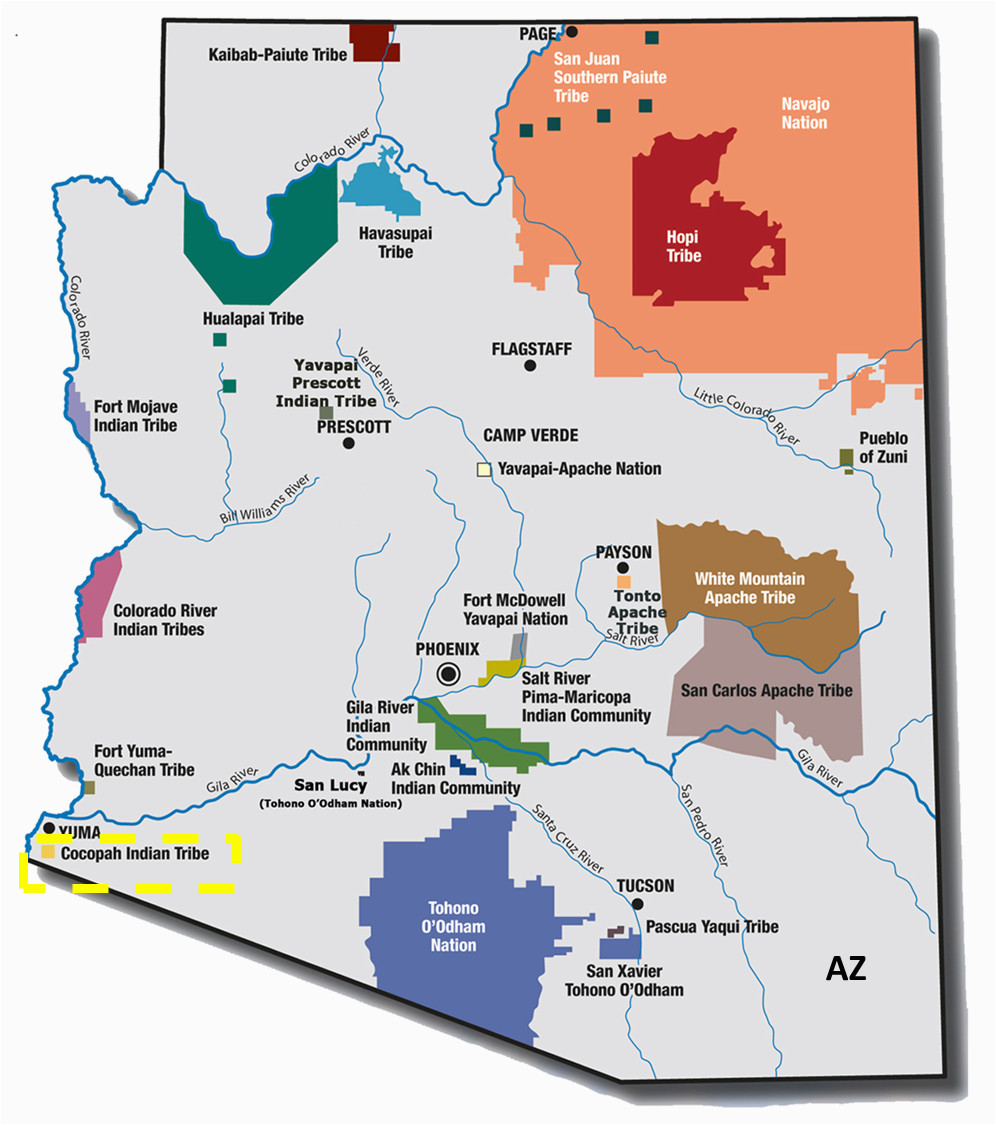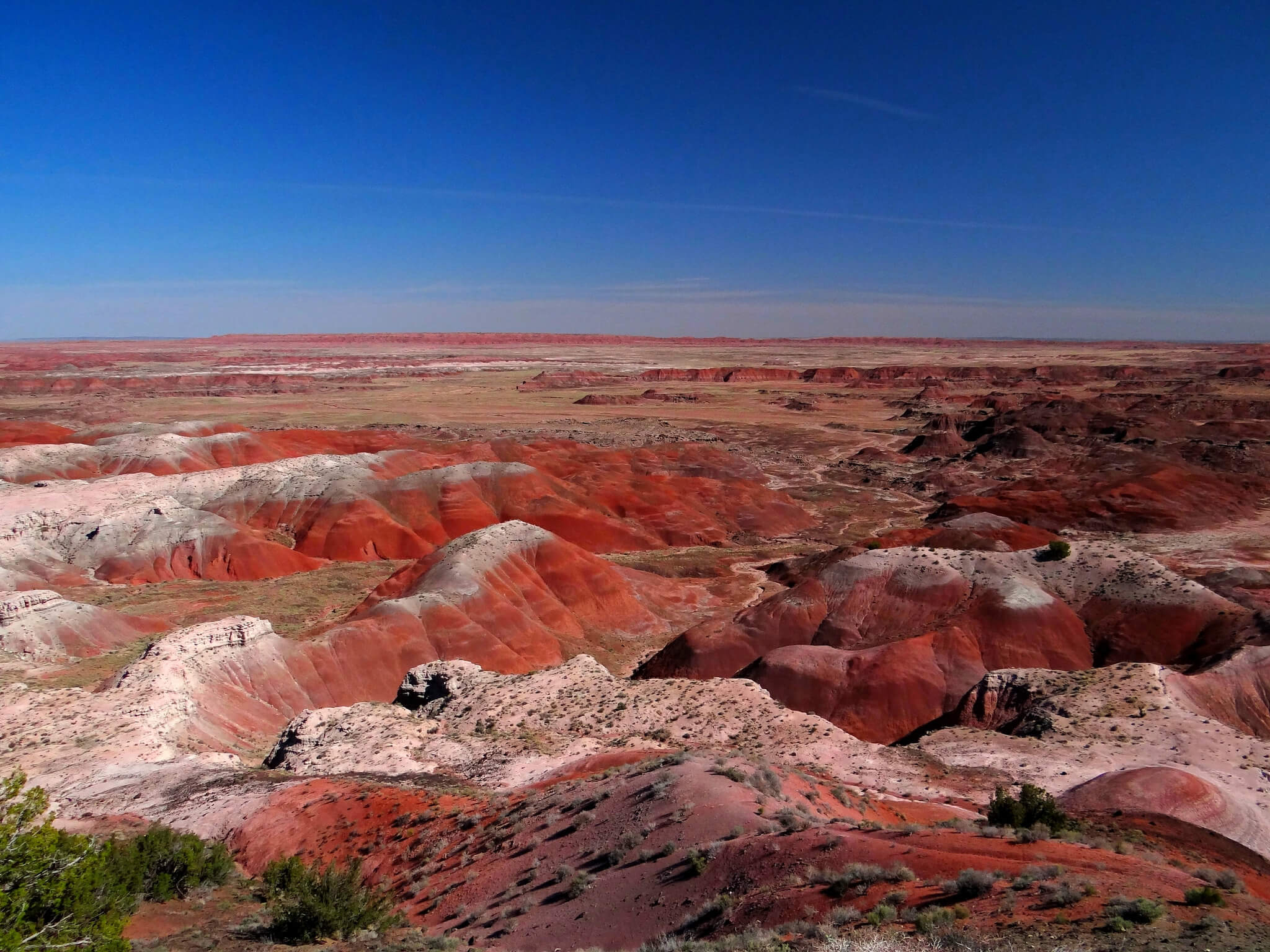Beyond the Desert: Exploring Arizona’s Enchanting Indian Reservations
Beyond the Desert: Exploring Arizona’s Enchanting Indian Reservations

Arizona’s landscape is a tapestry woven with vibrant hues of red rock canyons, towering saguaro cacti, and the enduring spirit of its indigenous peoples. While the state’s natural wonders are renowned, a truly immersive experience lies within the boundaries of its 22 federally recognized Indian reservations.
These vibrant communities, each with its unique history, culture, and traditions, offer a glimpse into the heart of Arizona’s past and present. More than just a tourist attraction, visiting these reservations is a chance to connect with a living heritage, learn about ancestral wisdom, and experience a side of Arizona that’s rarely seen on postcards.
Related Articles: Beyond the Desert: Exploring Arizona’s Enchanting Indian Reservations
- Unveil Arizona's Native American Heritage: Discoveries and Insights Await!
- Unveil the Heart of Montana: Discover the Blackfeet Reservation
- Unveiling the Tapestry of Tribes: Discover the Native American Heritage of North Texas
- Uncover Hidden Gems: Exploring the Enchanting Indian Reservations of North Dakota
- Unveiling the Treasures of Oklahoma's Indian Reservations: Discoveries and Insights Await
A Journey Through Time: Exploring the Tohono O’odham Nation
The Tohono O’odham Nation, spanning over 2.8 million acres across southern Arizona and a sliver of Sonora, Mexico, is a testament to the resilience of a people deeply connected to the land. Their ancestral home, the Sonoran Desert, has shaped their culture, language, and way of life for centuries.
Here, you can step into a world where time seems to move at a slower pace. The Tohono O’odham people are renowned for their artistry, particularly their intricate basket weaving, pottery, and beadwork. The Tohono O’odham Cultural Center and Museum in Sells, Arizona, offers a fascinating glimpse into their rich heritage.
Don’t miss:
- The Tohono O’odham Nation’s annual powwow: A vibrant celebration of culture, featuring traditional dance, music, and crafts.
- The San Xavier del Bac Mission: A stunning example of Spanish colonial architecture, built in the 1700s, and still a place of worship for the Tohono O’odham people.
- The Tohono O’odham Legends Trail: A scenic drive through the heart of the reservation, offering breathtaking views and opportunities to spot desert wildlife.

The Spirit of the Navajo Nation: A Journey into the Heart of the Southwest
The Navajo Nation, the largest Indian reservation in the United States, sprawls across northeastern Arizona, southeastern Utah, and northwestern New Mexico. The Navajo people, known for their strength and resilience, have thrived in this harsh yet beautiful landscape for centuries.
Their intricate sand paintings, silver jewelry, and woven rugs are renowned for their beauty and craftsmanship. The Navajo Nation is also home to some of the most breathtaking natural landscapes in the Southwest, including Monument Valley, Canyon de Chelly National Monument, and the Petrified Forest National Park.
Don’t miss:

- A visit to Monument Valley: A truly iconic landscape, featuring towering sandstone buttes and mesas that have graced countless movie screens.
- A guided tour of Canyon de Chelly National Monument: Explore ancient cliff dwellings, learn about the Navajo people’s history, and experience the awe-inspiring beauty of this canyon.
- A workshop with a Navajo artisan: Learn the art of weaving, silversmithing, or sand painting, and gain a deeper understanding of their cultural practices.

A Tapestry of Traditions: The Hopi Tribe
Nestled within the Navajo Nation, the Hopi Reservation is a world unto itself. The Hopi people, known for their strong spiritual beliefs and vibrant traditions, have inhabited this region for centuries. Their unique culture is deeply rooted in their connection to the land, and their ceremonies and dances are a testament to their enduring spiritual practices.
The Hopi Reservation is home to several villages, each with its own distinct character and traditions. The village of Oraibi, the oldest continuously inhabited village in the United States, offers a glimpse into the resilience of the Hopi people.
Don’t miss:
- The Hopi Cultural Center: A fascinating museum showcasing the Hopi people’s history, art, and culture.
- The Hopi Snake Dance: A powerful and ancient ceremony held in August, where Hopi dancers carry live snakes, symbolizing the connection between the spiritual and physical world.
- A visit to the Hopi villages: Experience the unique character of each village, and learn about their traditional ways of life.
Beyond the Reservations: Connecting with Arizona’s Indigenous Heritage
Beyond the reservations, Arizona offers numerous opportunities to connect with its indigenous heritage. The Heard Museum in Phoenix houses a world-renowned collection of Native American art and artifacts, showcasing the diverse cultures of the Southwest.
The Arizona Science Center in Phoenix also features exhibits on the history and culture of Arizona’s indigenous people. The Arizona State Museum in Tucson offers a glimpse into the state’s rich archaeological heritage, with a focus on the pre-Columbian cultures of Arizona.
A Commitment to Cultural Preservation:
Visiting Arizona’s Indian reservations is not just about sightseeing; it’s about fostering understanding and respect for a rich cultural heritage. By supporting local businesses, attending cultural events, and engaging with the community, you contribute to the preservation of these vibrant traditions.
Respectful Travel:
When visiting Indian reservations, it’s important to be mindful of cultural sensitivities. Dress appropriately, be respectful of religious sites, and ask for permission before taking photos. Always remember that you are a guest in their community, and treat them with the same respect and courtesy you would expect in your own home.
FAQs about Visiting Indian Reservations in Arizona
Q: What are the best times to visit Indian reservations in Arizona?
A: The best time to visit is during the spring (March-May) and fall (September-November) when the weather is pleasant. However, each reservation has its own unique events and festivals, so it’s best to check the calendar for specific dates.
Q: How do I get to Indian reservations in Arizona?
A: Most reservations are accessible by car. Some reservations also have airports, and there are bus services available.
Q: What are some of the things I can do on an Indian reservation?
A: There are a variety of activities you can enjoy, including:
- Visiting museums and cultural centers: Learn about the history, art, and culture of the tribe.
- Attending powwows and festivals: Experience the vibrant traditions and ceremonies of the tribe.
- Shopping for Native American arts and crafts: Support local artisans and take home a piece of their heritage.
- Hiking and exploring the natural beauty of the reservation: Enjoy the stunning landscapes of the Southwest.
- Staying at a tribal-owned hotel or campground: Immerse yourself in the culture and experience the hospitality of the tribe.
Q: How can I support the tribes and their cultural preservation efforts?
A: You can support the tribes by:
- Visiting their businesses: Shop at their stores, dine at their restaurants, and stay at their hotels.
- Attending their cultural events: Purchase tickets to powwows, festivals, and other events.
- Donating to tribal organizations: Support their efforts to preserve their culture and heritage.
- Sharing your experiences with others: Spread the word about the importance of visiting Indian reservations and supporting the tribes.
Q: Is it safe to visit Indian reservations?
A: Indian reservations are generally safe places to visit. However, it’s always a good idea to take common sense precautions, such as being aware of your surroundings, not leaving valuables unattended, and avoiding walking alone at night.
Q: What are some of the challenges facing Indian reservations?
A: Indian reservations face a number of challenges, including:
- Poverty: Many reservations have high rates of poverty, unemployment, and lack of access to basic services.
- Lack of infrastructure: Some reservations lack adequate infrastructure, such as roads, schools, and healthcare facilities.
- Environmental degradation: Many reservations have been affected by environmental degradation, such as pollution, mining, and deforestation.
- Cultural assimilation: The cultural traditions of many tribes have been threatened by assimilation and loss of language.
Q: What can I do to help address the challenges facing Indian reservations?
A: You can help address the challenges facing Indian reservations by:
- Supporting tribal businesses and organizations: Your support helps to create jobs and strengthen the economy of the tribe.
- Advocating for tribal sovereignty and self-determination: Support the right of tribes to govern themselves and manage their own affairs.
- Educating yourself and others about the issues facing Indian reservations: Spread awareness and promote understanding of the challenges faced by these communities.
- Voting for candidates who support tribal rights: Support politicians who are committed to addressing the needs of Indian reservations.
By visiting Arizona’s Indian reservations, you’re not just exploring a new place; you’re embarking on a journey of cultural immersion, learning about the history and resilience of a people deeply connected to the land. This is a chance to broaden your understanding of Arizona’s rich heritage and to contribute to the preservation of a vibrant culture that has endured for centuries.

Closure
Thus, we hope this article has provided valuable insights into Beyond the Desert: Exploring Arizona’s Enchanting Indian Reservations. We appreciate your attention to our article. See you in our next article!